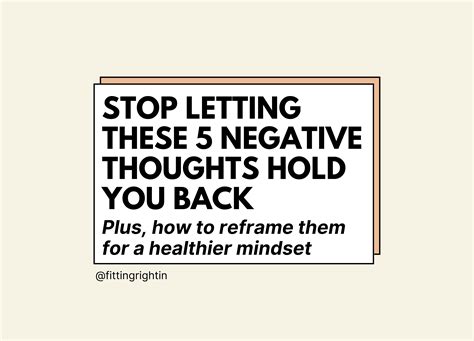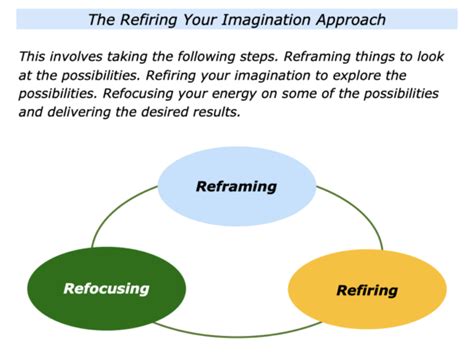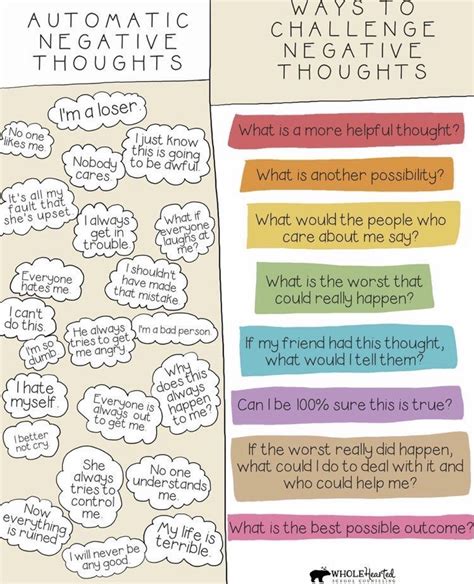Our internal monologue shapes our reality. For many, this inner voice can be a harsh critic, dwelling on perceived failures, magnifying insecurities, and undermining potential. This pervasive negative self-talk isn’t just an annoyance; it’s a significant barrier to personal growth, mental well-being, and overall happiness. Learning to reframe this destructive dialogue is not about silencing the voice entirely, but about shifting its perspective, transforming it from an adversary into a constructive guide.
Understanding the Echo Chamber of Negative Self-Talk
Before we can reframe, we must first understand what we’re up against. Negative self-talk often manifests in various forms: catastrophizing (assuming the worst outcome), personalization (taking everything personally), all-or-nothing thinking (seeing things in extremes), mind-reading, and fortune-telling. These cognitive distortions become ingrained patterns, creating a cycle that can feel impossible to break. Recognizing these specific patterns in your own thoughts is the crucial first step towards dismantling their power.
Tools like journaling can be incredibly effective here. By writing down your thoughts, especially when you feel down or stressed, you gain an objective distance that allows you to identify recurring themes and the triggers that set off your inner critic. Mindfulness practices also play a vital role, helping you observe your thoughts without immediate judgment, creating a mental space between you and the thought itself.

The Art of Detachment: Observing Without Reacting
Once you start identifying negative self-talk, the next powerful step is to practice detachment. This means noticing the thought without getting swept away by its emotional current. Instead of “I am a failure,” try “I am having the thought that I am a failure.” This subtle linguistic shift creates a crucial distance, reminding you that thoughts are not facts, and they do not define your entire being. It allows you to step back from the immediacy of the emotion and observe the thought as an external event, much like watching clouds pass by.
Mindful breathing exercises can complement this. When a negative thought arises, take a few deep breaths, focusing on the sensation of your breath. This simple act grounds you in the present moment, interrupting the automatic spiral of negative rumination and providing a window of opportunity to choose your response.
Challenging the Inner Critic’s Claims
With awareness and detachment established, you’re ready to directly challenge your negative thoughts. Think of yourself as a detective, questioning the evidence. Ask yourself:
- Is this thought truly 100% accurate? What evidence supports it? What evidence contradicts it?
- Is this thought helpful? Does it move me towards my goals or away from them?
- What would I tell a friend who was having this exact thought? Would I be as harsh or more compassionate?
- Is there another way to look at this situation? What’s an alternative, more balanced perspective?
Often, you’ll find that your negative thoughts are based on assumptions, fears, or past experiences rather than current reality. By systematically questioning them, you begin to weaken their grip and expose their irrationality.

The Practice of Reframing: Transforming Your Narrative
This is where the ‘shift mindset’ truly comes into play. Reframing is actively transforming a negative thought into a more neutral, realistic, or even positive one. It’s not about denying reality, but about choosing a more empowering interpretation. For example:
- Instead of: “I completely messed up that presentation, I’m so incompetent.”
- Reframe to: “That presentation had some rough spots, but I learned a lot about what to improve next time. I’ll practice more.”
- Instead of: “I’ll never be good enough.”
- Reframe to: “I’m still learning and growing, and I’m making progress every day.”
Focus on action-oriented language, growth mindsets, and self-compassion. The goal is to move from self-blame to self-improvement, from helplessness to agency. This takes practice, but with consistent effort, you can retrain your brain to seek out more constructive interpretations automatically.

Cultivating a Sustained Positive Inner Dialogue
Reframing is not a one-time fix; it’s an ongoing practice of cultivating a more supportive internal environment. Integrate self-compassion into your daily life. Treat yourself with the same kindness and understanding you would offer a dear friend. Practice positive affirmations, but make sure they feel authentic and believable to you. Instead of saying “I am perfect,” try “I am doing my best and that is enough.”
Surround yourself with positive influences – people who uplift you, inspiring content, and environments that foster peace and growth. Limit exposure to negativity, whether it’s news, social media, or critical individuals. Building this positive ecosystem reinforces your reframing efforts and helps solidify your new, more empowering inner narrative.

The Journey to a Kinder Inner Voice
Reframing negative self-talk is a profound act of self-care and self-empowerment. It’s a journey, not a destination, requiring patience, persistence, and self-compassion. There will be days when the inner critic feels louder, but with each conscious effort to recognize, challenge, and reframe, you strengthen the pathways for a more constructive inner dialogue.
Embrace the process. Celebrate small victories. Over time, you’ll discover a newfound resilience, a stronger sense of self, and an inner voice that champions your strengths rather than dwelling on your perceived flaws. By actively shifting your mindset, you unlock the potential for a richer, more fulfilling life.





